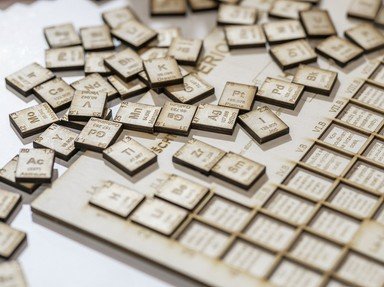Quiz Answer Key and Fun Facts
1. Silver's symbol derives from its Latin name, so which of these is it?
2. When was silver first discovered?
3. Silver's position in the periodic table is group 11. As such, what name is given to silver and other metals of group 11?
4. Silver can be found naturally occurring on its own and also, amongst others, as an alloy with gold. What is such an alloy of silver and gold called?
5. The atomic number of silver isn't too hard to remember - it's the same number as a famous Kalashnikov rifle and a legendary group of ronin. So what is silver's atomic number?
6. What special property does silver have among the metal elements?
7. What purpose does silver have in household products like antiperspirants and water filters?
8. What use might a biochemist find for silver nitrate?
9. Silver is also useful in catalytic reactions. Which chemical, used to make plastics, solvents and detergents, often requires a silver catalyst for its industrial synthesis?
10. Santiago Ramón y Cajal expertly used silver atoms to investigate cellular structure, and eventually earned a Nobel prize for his work. Which of these descriptions is most applicable to Cajal?
Source: Author
doublemm
This quiz was reviewed by FunTrivia editor
rossian before going online.
Any errors found in FunTrivia content are routinely corrected through our feedback system.


